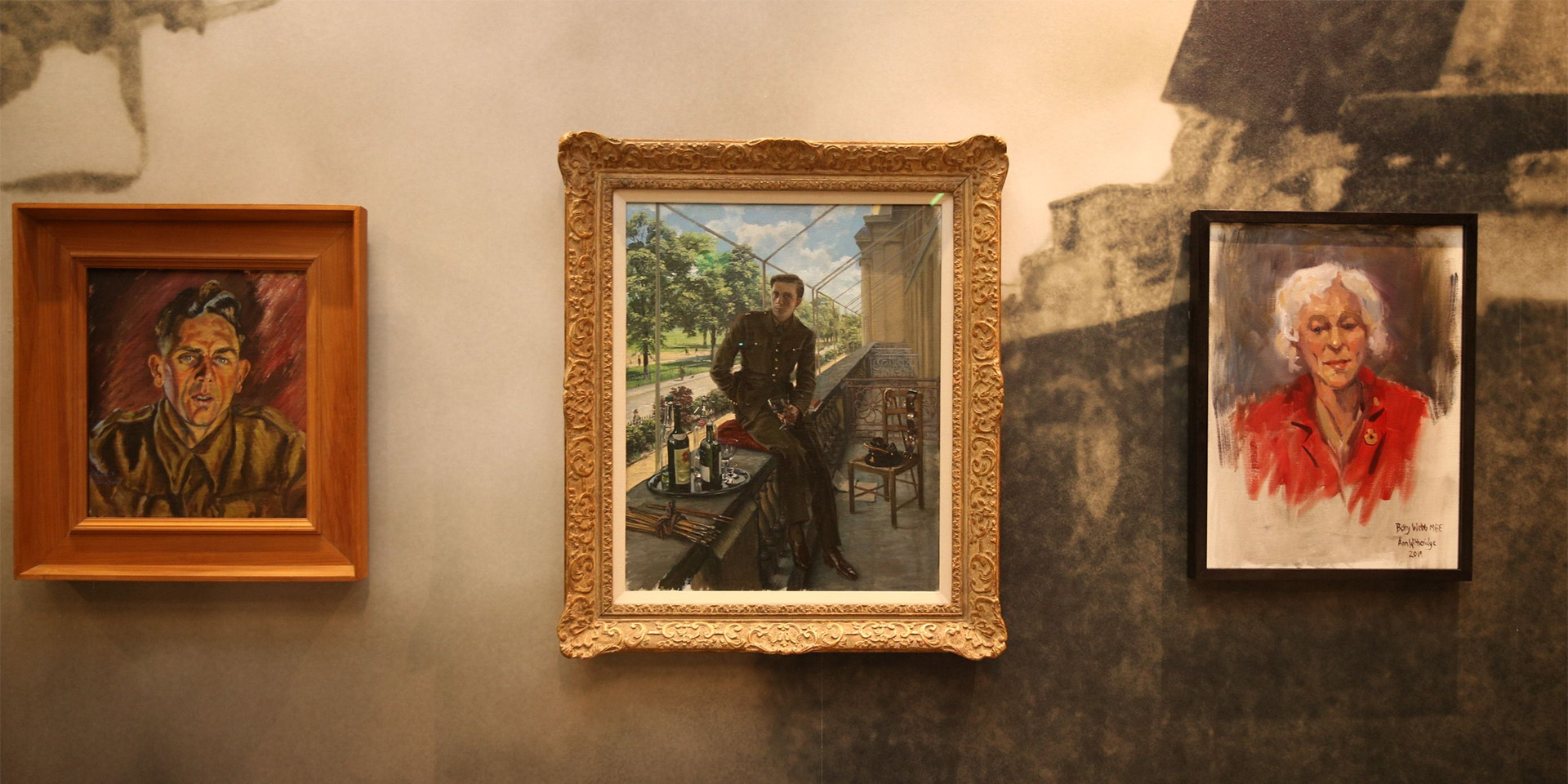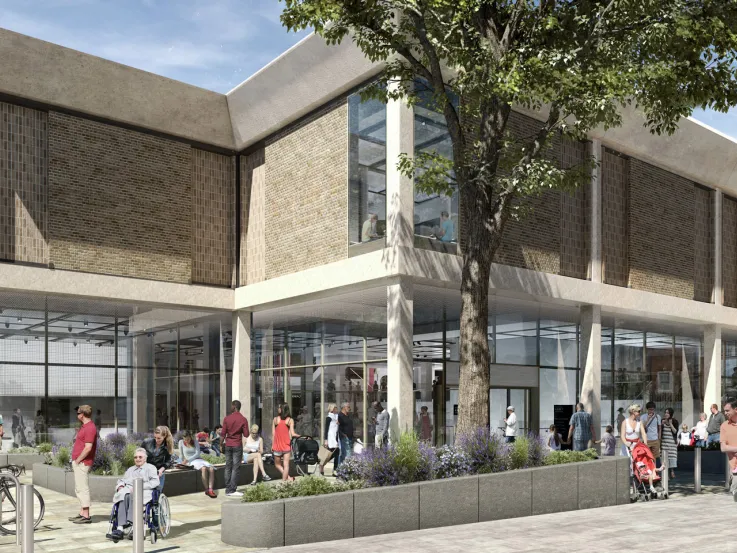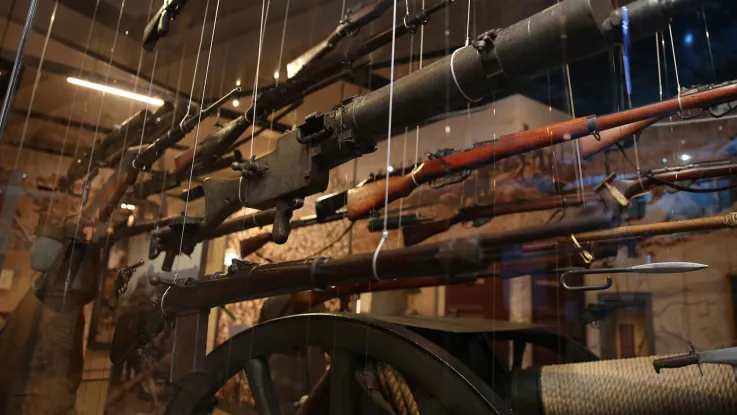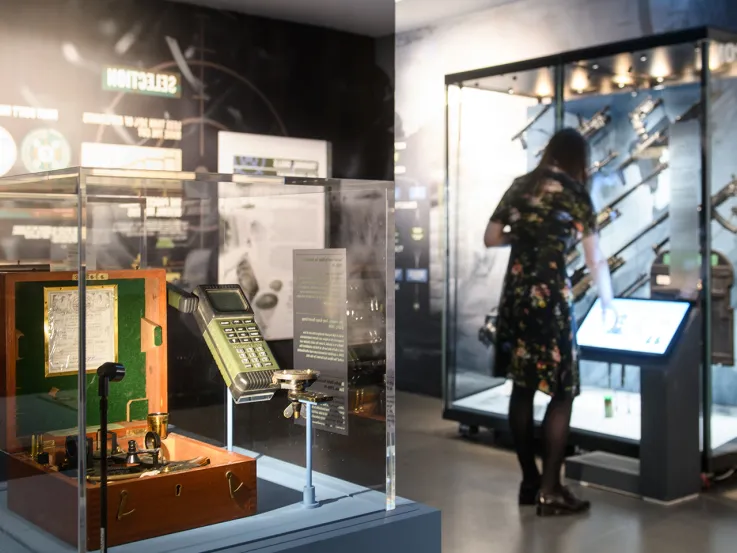Conflict in Europe gallery opens at the National Army Museum

Wednesday, 5 April 2023
This April, the National Army Museum opens a new gallery, Conflict in Europe. Through extraordinary objects and engaging interactives, visitors will explore the role of the British Army in Europe, a story as relevant today as it was 350 years ago.
Conflict in Europe explores how Britain’s soldiers have fought on the Continent from the 1700s up to the present day. From the great campaigns of the Duke of Marlborough - Churchill’s ancestor - through the Battle of Waterloo and the World Wars, it explains the long history of the Army’s vital role in Europe.
An accompanying display will focus on the Army’s support to Ukraine, exploring the historical background of the current conflict, from the Crimean War in the 1850s to today.
The Conflict in Europe gallery features over 900 objects, from fascinating weaponry and uniforms to dramatic artworks and intimate personal letters. Many have never been on public display before, including equipment used in Bosnia and Kosovo in the early 2000s.
Among the rare objects on display is a Turkish Crescent, know as a ‘Jingling Johnny’, and used as a military musical instrument in the Middle East in the 1700s and early 1800s. The skeleton of Marengo, Napoleon’s horse, stands alongside the Duke of Wellington’s personal items and William Siborne’s huge model of the Battle of Waterloo, painstakingly built in the 1830s using first-hand accounts of hundreds of soldiers who took part in the battle.
Florence Nightingale’s bracelet, gifted to her by the Sultan of Turkey in 1856, is one of a number of objects that she wished to remain in a public collection so that 'soldiers could see them' after her death.
More recent objects include a FireStorm integrated targeting system from 2015, used by soldiers to accurately target a location on the ground and then direct aircraft and artillery to it.
Many of the objects on display have been through painstaking conservation by the National Army Museum’s in-house experts.
New interactive elements in the gallery will see visitors conveying signals by drum, experiencing the inside of a Second World War tank, or facing the difficult choices of a battlefield commander on a range of missions.
Sophie Stathi, Senior Curator of Equipment and Uniform at the National Army Museum, who led the development and curation of the new gallery, said:
'One of my favourite objects in the Conflict in Europe gallery is General Sir Mark Walker’s campaign journal from the Crimean War. On 10 June 1855, his handwriting changes dramatically; a shell fragment had smashed his elbow and he had his right arm amputated. I love it because it is a very personal visual reminder of the impact of battle but also because he describes one of the first times anaesthesia was used in battlefield medicine. You can see his diary on display with his Victoria Cross and Crimean War medals, as well as his portrait.'
This gallery is the latest stage of a programme of refreshment of the National Army Museum’s permanent exhibition spaces. Drawing on five years of visitor feedback and new scholarship, these new galleries help visitors better understand the history and heritage of soldiers and their impact in Britain and abroad.
The project has created long-lasting spaces that are more adaptable and flexible. As a result, there are over 50 per cent more objects on display than when the Museum reopened after a major rebuilding project six years ago.
Ian Maine, Assistant Director Collections at the National Army Museum said:
'The gallery refreshment programme was devised to enable us to showcase new collections and discoveries since the Museum’s major redevelopment when we reopened in 2017. They tell hugely inspiring, compelling and sobering stories of men and women connected to the story of the Army, and the continuing relevance to today.'
Since 2022, the Museum has refreshed its Formation and Global Role galleries. Following the opening of the Conflict in Europe gallery, the programme will be completed with the opening of the final gallery space, Army at Home, in September 2023.
Justin Maciejewski DSO MBE, Director of the National Army Museum, said:
'This new gallery is the latest stage in our work to achieve the National Army Museum’s vision: to share the history and heritage of our soldiers and their service in the Army, across the globe and down the centuries. Through our collections we explore the history of the Army from its origins to the present day, and Conflict in Europe demonstrates the long view of history that the Museum can provide – we cannot look to the future of Europe without first understanding the past and the historic role of the British Army, working with allies, in the defence of liberty in Europe. I am looking forward to sharing this with our visitors, with the all too real backdrop of the war in Ukraine.'
Notes to editors
For more information, please contact the National Army Museum Communications Team at press@nam.ac.uk
About the National Army Museum
The National Army Museum shares the history and heritage of our soldiers and their service in the Army, across the globe and down the centuries. Through our collections we explore the history of the Army from its origins to the present day. We aim to engage and inspire everyone with the stories of our soldiers and how their service shapes our world; past, present and future.



